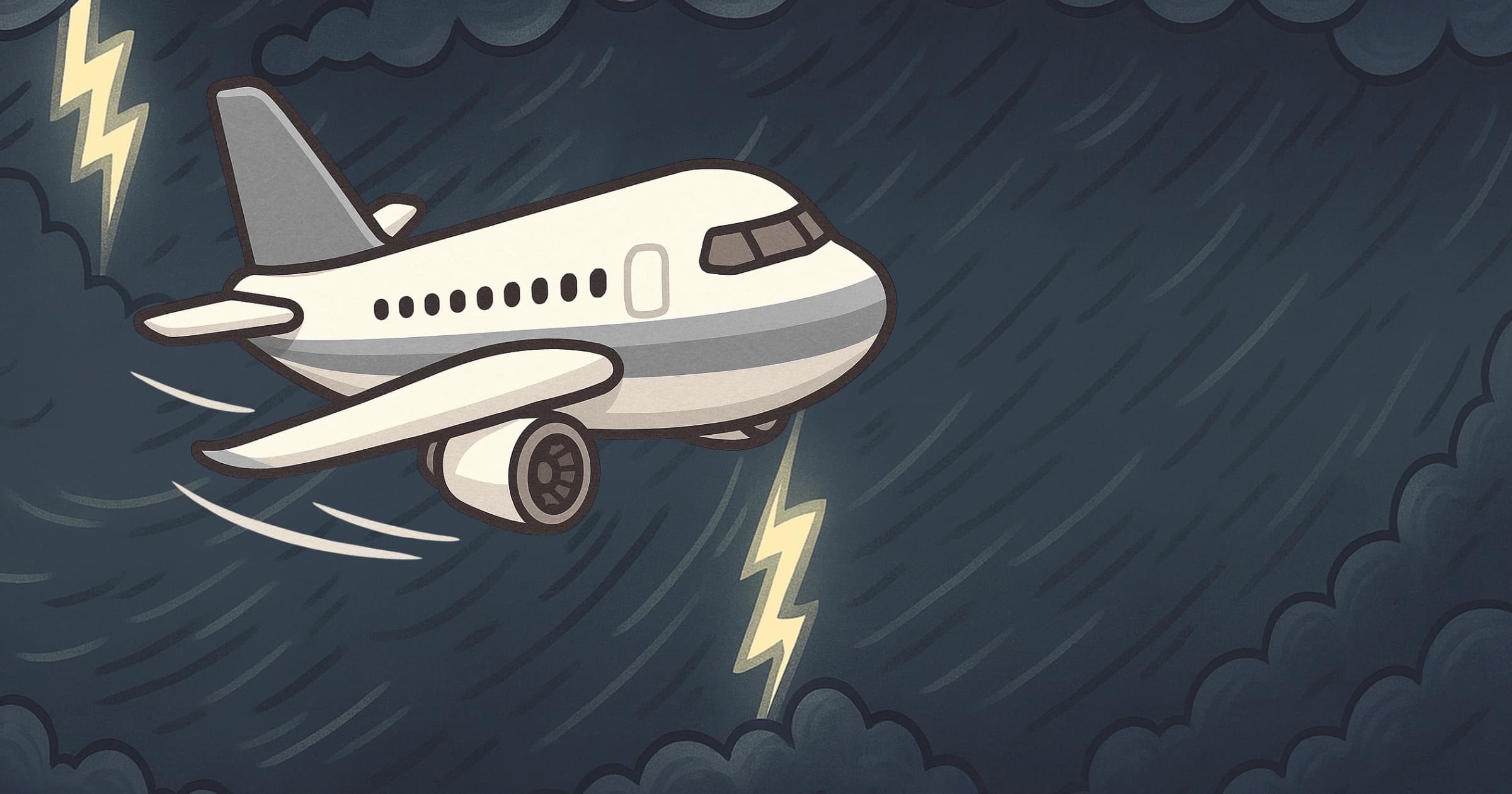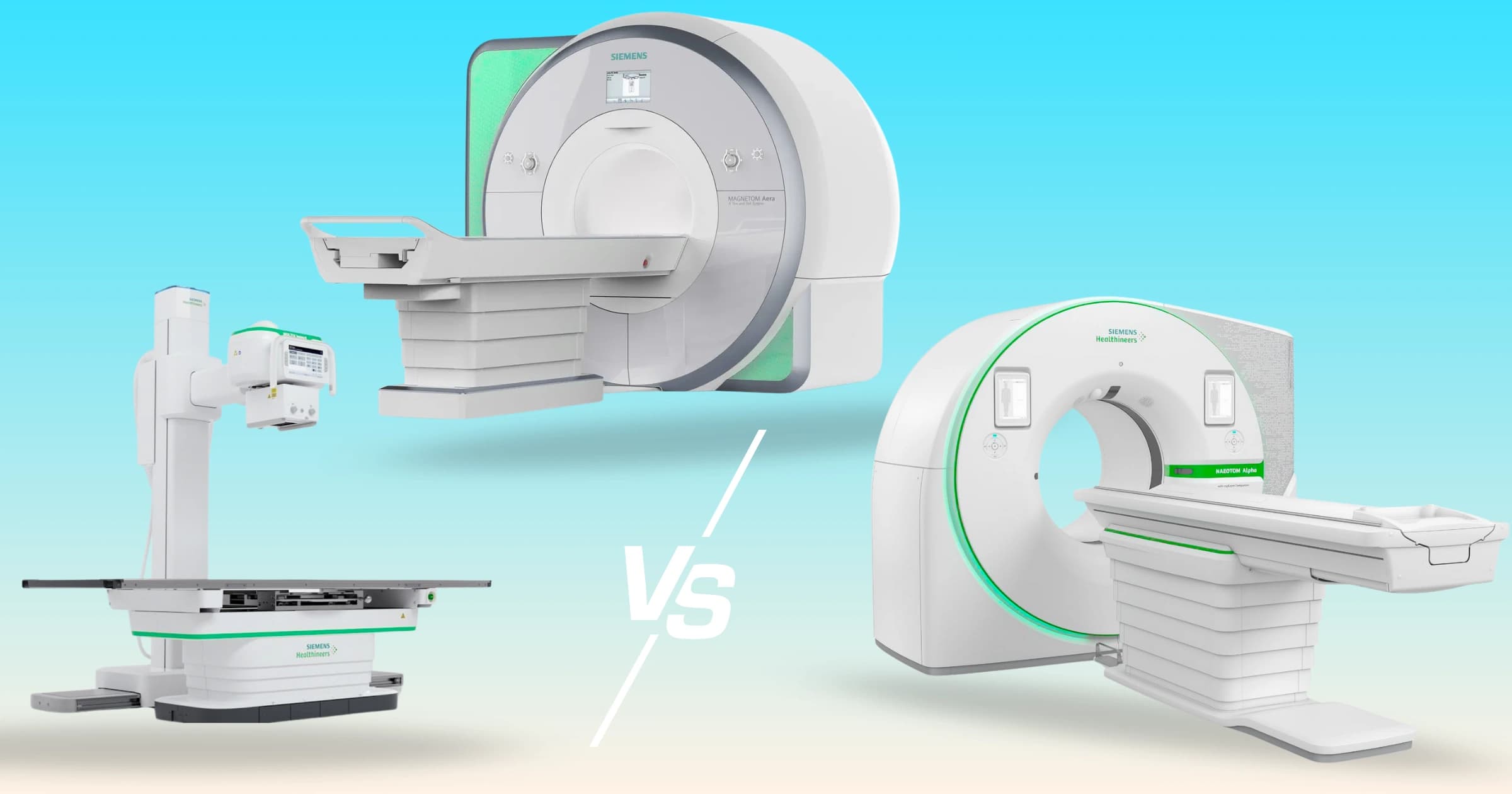Sleek suitcases. Crisp uniforms. Effortless professionalism wheeling through terminals.
But behind that composed exterior, pilots, flight attendants, and even frequent business travelers are actually one of the most radiation-exposed workforces in America.
Exposure to More than Stardust
Every flight exposes crew and passengers to cosmic ionizing radiation – the same type that caused cancer in atomic bomb survivors.
At 35,000 feet, this invisible threat is 100x stronger than on the ground.
Here's the reality: a single flight won't hurt you. But professional aviators rack up lifetime doses comparable to nuclear power plant workers.
| Flight Type | Radiation | Context |
|---|---|---|
| Avg. U.S. background radiation | 0.34 µSv per hour | Benchmark exposure on the ground |
| Short domestic flights | 1–3 µSv per hour | Lower dose, but cumulative |
| Long-haul international | 4–6 µSv per hour | Higher altitudes = higher dose |
| Polar route flights | 2x normal dose | Radiation doubles near poles |
| Frankfurt–NYC round trip | ~100 µSv | 5x weekly ground background radiation exposure |
Note: µSv = microsieverts
Solar flares can spike exposure dramatically. During rare events, a single polar flight can deliver more radiation than a full year of typical flying.
Large studies confirm the toll:
- Female flight attendants show 66% higher reproductive cancer rates and more than 2x the melanoma incidence.
- Male pilots demonstrate 24% higher cancer rates overall.
Calamitous Cocktail
It's not just the radiation – turns out proper bedtimes are as important as your mother makes it out to be.
Circadian rhythm disruption is nearly universal in flight crews, and according to the WHO, this disruption is a probable human carcinogen. Research links disrupted sleep cycles to:
- Increased breast cancer
- Reproductive problems
- Metabolic disorders
Deep vein thrombosis (DVT) poses another silent threat. Pilots spending hours in cramped cockpits face higher thrombosis rates.
According to recent studies, aviation workers also show unique cardiovascular risks: elevated inflammatory markers, higher C-reactive protein, and more metabolic syndrome than the general population.
The occupational exposure creates a perfect storm.
Aviation workers encounter multiple carcinogens simultaneously: cosmic radiation, disrupted sleep cycles, jet fuel vapors, cabin air contaminants, and chronic stress. These exposures compound over careers spanning decades.
Silent Threats Vs. Preventative Care
Routine studies show that asymptomatic adults detect confirmed cancers in ~1.5–2.6% of scans.
For aviation workers, that detection rate is almost certainly higher.
Multiple cancer screening programs already recognize occupational risk groups. First responders receive specialized screening due to toxic exposures. Military aviation personnel undergo enhanced medical surveillance.
For frequent flyers accumulating radiation exposure over business careers, full-body screening offers peace of mind and early intervention opportunities.
The truth? Early detection changes everything.
Cancer caught early dramatically improves survival.
- Stage I melanoma: 95% 5-year survival
- Stage IV melanoma: 25% 5-year survival
Similar patterns hold across nearly every cancer type.
Modern MRI protocols complete full-body screening in 45-60 minutes without contrast agents. The non-invasive approach avoids radiation exposure while providing comprehensive health assessment.
MRI excels at detecting the cancers most common in flight crews — reproductive system tumors and other malignancies — often long before symptoms appear.
It can also reveal brain changes from hypoxic exposure and metabolic disruptions caused by circadian rhythm disturbances.
For airlines, healthy crews translate to:
- Reduced absenteeism
- Fewer medical retirements
- Improved operational safety
Flight crew health directly impacts passenger safety. Regulators must recognize this connection.
The recommendation is clear.
Occupational Takeaway
Pilots, flight attendants, and frequent business flyers should consider full-body MRI screening as occupational health protection. The radiation-free technology offers comprehensive cancer detection for workers already accumulating lifetime radiation doses.
Annual screening provides the best cancer detection window while keeping costs manageable. Higher-frequency intervals may be warranted for long-haul crews with greater exposures.
The aviation industry mastered mechanical safety. Now it's time to apply the same rigor to crew health.
Because the best flight safety starts with healthy crews.
Fascinating Further Readings
Citations
[1] Federal Office for Radiation Protection. (n.d.). Radiation exposure of airline passengers. link
[2] A Survey of Professional Pilots' Health and Wellbeing. (n.d.). SkyBrary. link
[3] Scheibler, C., Toprani, S. M., Mordukhovich, I., Schaefer, M., Staffa, S., Nagel, Z. D., & McNeely, E. (2022). Cancer risks from cosmic radiation exposure in flight: A review. Frontiers in Public Health, 10, 947068. link
[4] A Narrative Review of the Issues Faced by Commercial Airline Pilots. (2023). PMC. link
[5] Versant Physics. (2024). Flight crews and radiation exposure. link
[6] CDC. (2024). Cancer in aircrew. link
[7] Harvard Flight Attendant Health Study. (2018). The self-reported health of U.S. flight attendants compared to the general population. Harvard Dash. link
[8] VFW. (2023). Aviation teams have higher rates of cancer. link
[9] Biograph. (2025). Whole-body MRI for early disease detection. link
[10] CDC. (2024). Aircrew and cosmic ionizing radiation. link
[11] Prenuvo. (2025). What can a whole body MRI actually detect? link
[12] Norberg, M., Eriksson, F., Garvin, S., Sundström, M., Janols, H., Birgander, R., & Enblad, G. (2024). Cosmic ionizing radiation: A DNA damaging agent that may impact flight crew health. PMC. link
[13] MacCallum, P. K., Ashby, D., Hennessy, E. M., Letley, L., Baglin, T. P., Keeling, D. M., ... & Machin, S. J. (2004). The association between air travel and deep vein thrombosis: systematic review & meta-analysis. PMC. link
[14] CDC. (2024). Aircrew and jet lag. link
[15] Live Science. (2018). Why cancer rates are higher in flight attendants. link
[16] NCBI. (2024). MRI patient safety and care. link
[17] PubMed. (2024). Molecular imaging biomarkers for early cancer detection. link
[18] IJMSCRR. (2025). Emerging imaging modalities for early cancer detection: A review. link
[19] PMC. (2023). Plasma markers for early prediction of radiation-induced myocardial damage. link




